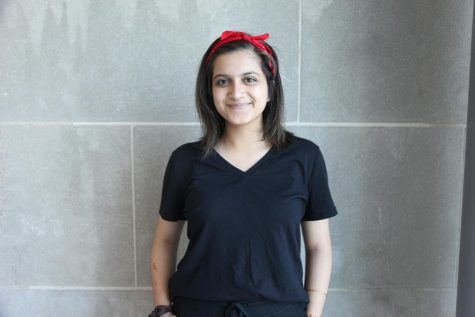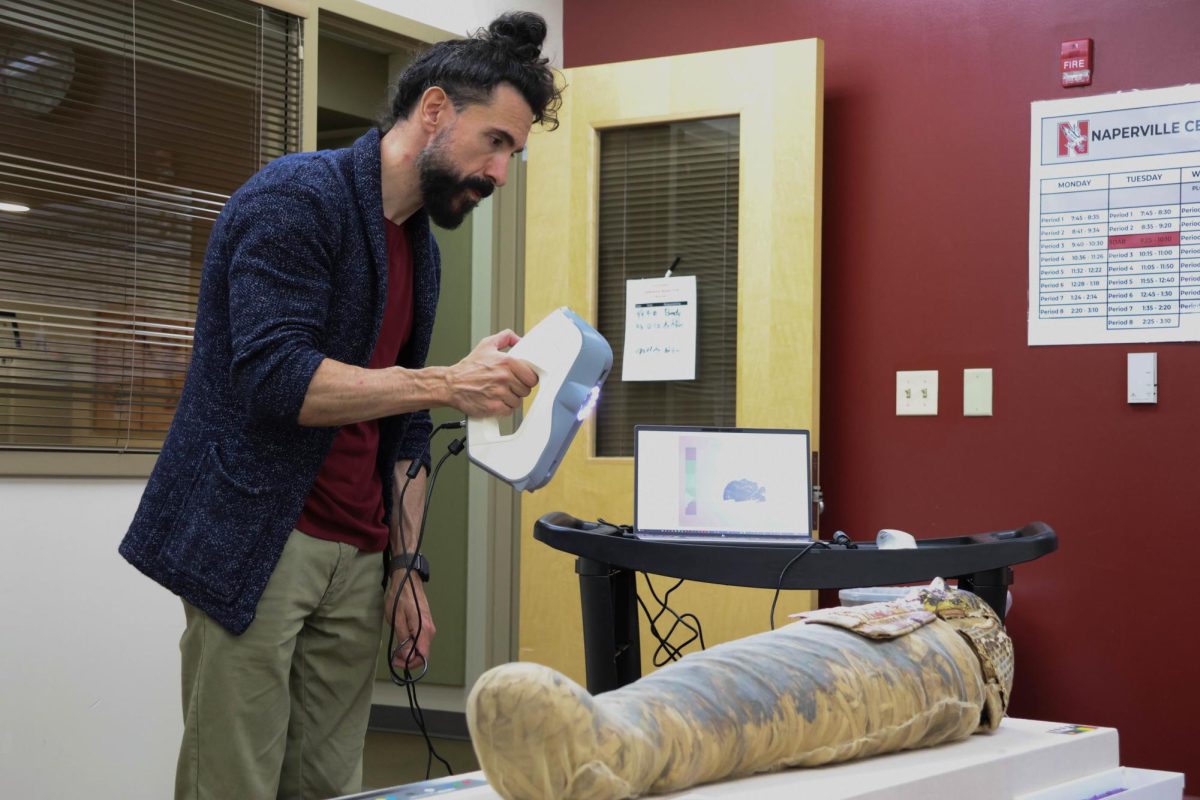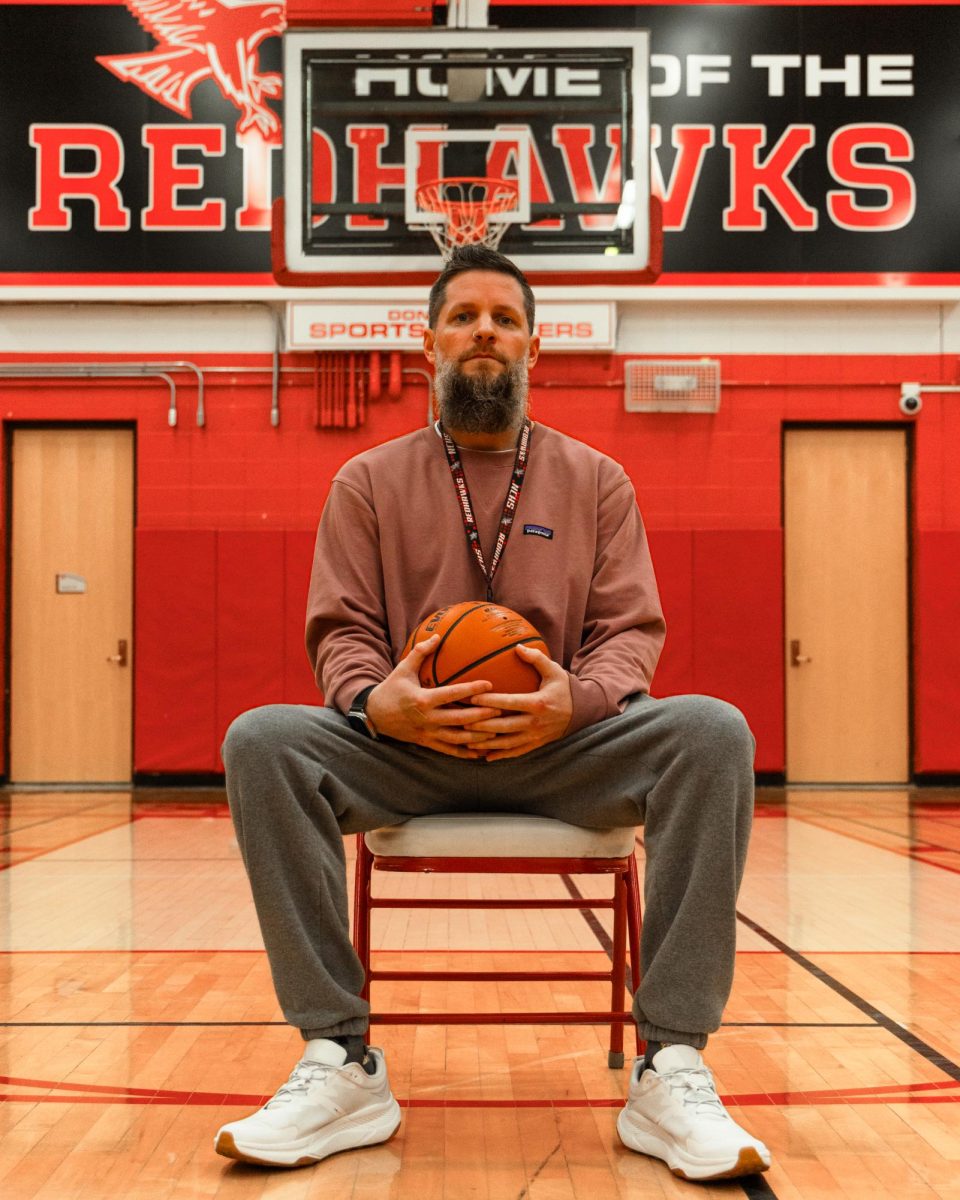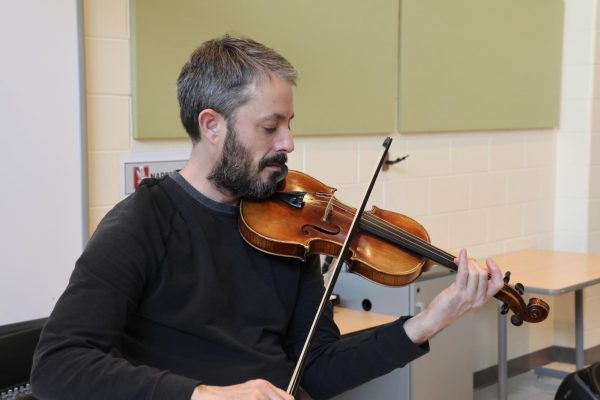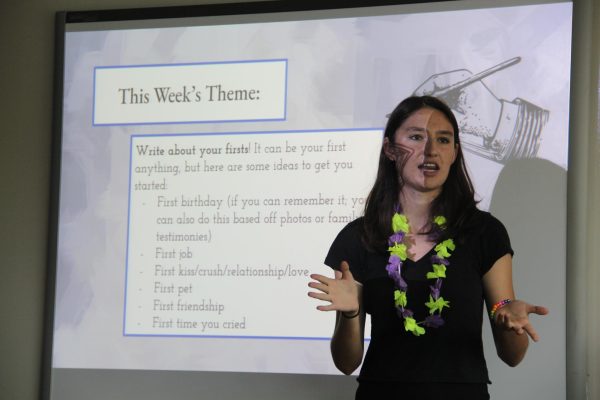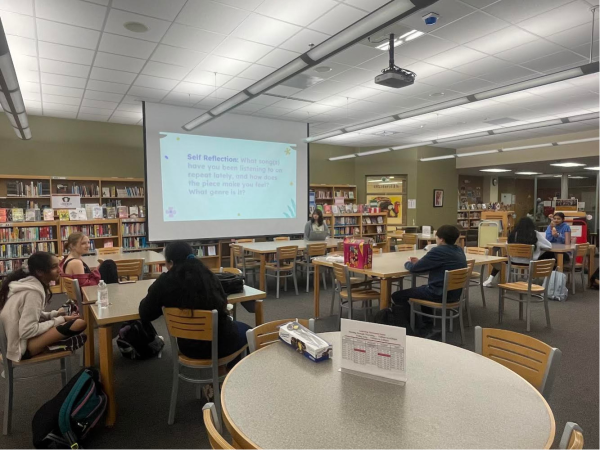Seeing color
Though our school is perceived as generally accepting, Naperville Central is not immune to issues of race. Several students share their experiences.
October 29, 2018
Naperville Central’s student body represents many cultures and races with 7.6 percent of the student body being Hispanic, 4.2 percent black, 15.2 percent Asian, .2 percent American Indian, 3.9 percent biracial, .2 percent Pacific Islander and 68.8 percent white.
While not completely reflective of the United States’ demographic, Central’s student body reflects most races and ethnicities, which makes racial relations a prevalent subject within the school’s halls.
With this in mind, race at Central plays a key role in ensuring the comfortability of students in the learning environment.
Principal Bill Wiesbrook believes that on the whole, Central has developed a community that is generally welcoming and accommodating to people of all races and ethnicities.
“In my opinion, racial relations at Central are pretty healthy,” Wiesbrook said. “Most people at Naperville Central, most of the time, treat people respectfully regardless of their race.”
Each individual’s experience is unique, with some finding they have to hide their culture when they’re here.
“Sometimes I feel uncomfortable because my group of friends is majority white people [and] my classes are full of white people,” senior Yadira Guerrero-Olivarez said. “I just feel like I can’t really be the way that I am at home because of my culture and I can’t really express that at school.”
In reference to two major race and identity issues that have arisen during her time at Naperville Central, Guerrero-Olivarez, who is Mexican-Hispanic, believes there’s a lack of connection between what the school hopes the racial environment is like versus what it’s actually like.
“I feel like people always want to say that everyone is always included and everyone wants it to be good,” Guerrero-Olivarez said. “But the actions that people take in reality, I feel like it’s totally different from what they’re trying to accomplish.”
Senior Tamia Purnell has also encountered issues with her race. Being African-American, she wore braids in her hair to express her culture. However, a student was insensitive to her background.
“Freshman year I had cornrows and some boy put a train on my head,” Purnell said. “I didn’t really like that.”
But the treatment seems to come as a result of the way students present themselves.
“The reason they look at us differently is because of how we act and how we do things and that’s some of the reasons why we get treated how we do,” senior Kewonyae Brown said.
African-American senior Rashad Dabney feels that his experiences have varied, but defends people who are stuck in unsettling situations because of their race.
“It’s an on and off thing,” Dabney said. “At certain times people get bullied because of their race and how they act, and I say ‘OK, I need to step up and help this person out.’”
With some of these bullying situations, Wiesbrook feels that students have a way to communicate with staff if there is a hurtful bullying situation.
“I’ve witnessed and been a part of some things that have happened at Naperville Central that I think have made our school better in terms of treatment of minorities and respectful behavior and valuing everybody regardless of their race,” Wiesbrook said.
Some of these things include Naperville 203’s anonymous tip forum, Tip203, and the anti-bullying program BE3.
Wiesbrook has also noticed the self-segregation of students, particularly in the cafeteria and among friend groups.
“Students most often I think tend to interact with students of their same race in common areas and settings,” Wiesbrook said.
Although some students may tend to self-segregate outside the classroom, inside the classroom, teachers try to share a variety of different cultures and backgrounds to students through the curriculum.
“We talk about the use of the n-word in books such as ‘Of Mice and Men,’” English teacher Jeremy Lin said. “We also read books by people of different cultures and different races. One of our goals is to expose students to different cultures and ideas other than their own.”
Teaching students about people of many backgrounds is also encouraged by Wiesbrook.
“Interacting and getting to know people of other races is a very healthy thing,” Wiesbrook said. “I think it leads to a better developed person.”
Central Times conducted a survey asking students various questions about how they feel about racial relations at Central.
While 79.7 percent said they had never felt uncomfortable because of their race or ethnicity, 20.3 percent had, citing reasons such as “I have been in an environment where I was expected to behave a certain way or know certain things because of my race, like expectations were automatically given to me because I am Asian,” senior Hana Hasan said.
Other reasons mentioned referenced situations that may arise at school such as, “A lot of clubs have solely white or other race people and it makes you self conscious.”
Although Lin believes Central is a safe place to be, he still believes there are more steps for improvement regarding racial relations here.
“Central truly is pretty accepting of everyone, but then there is also a long way to go if we want to make sure that everyone here is comfortable,” Lin said.




